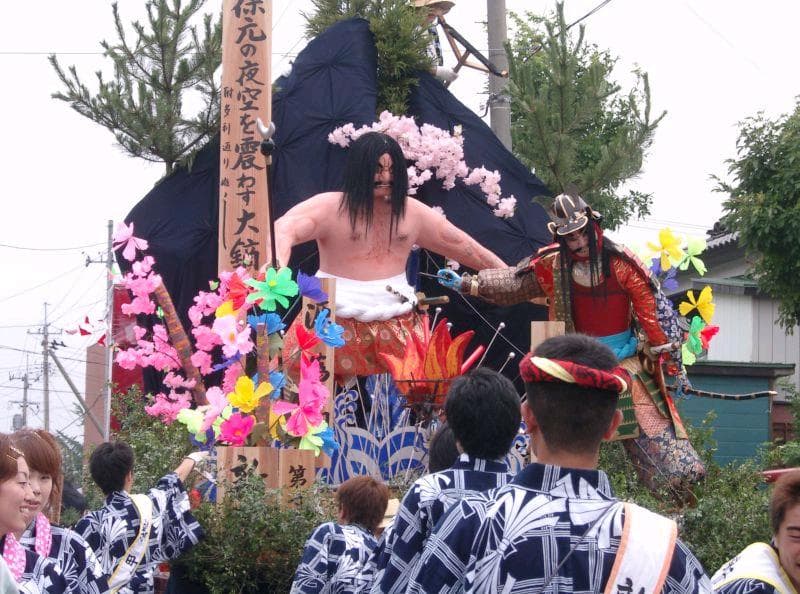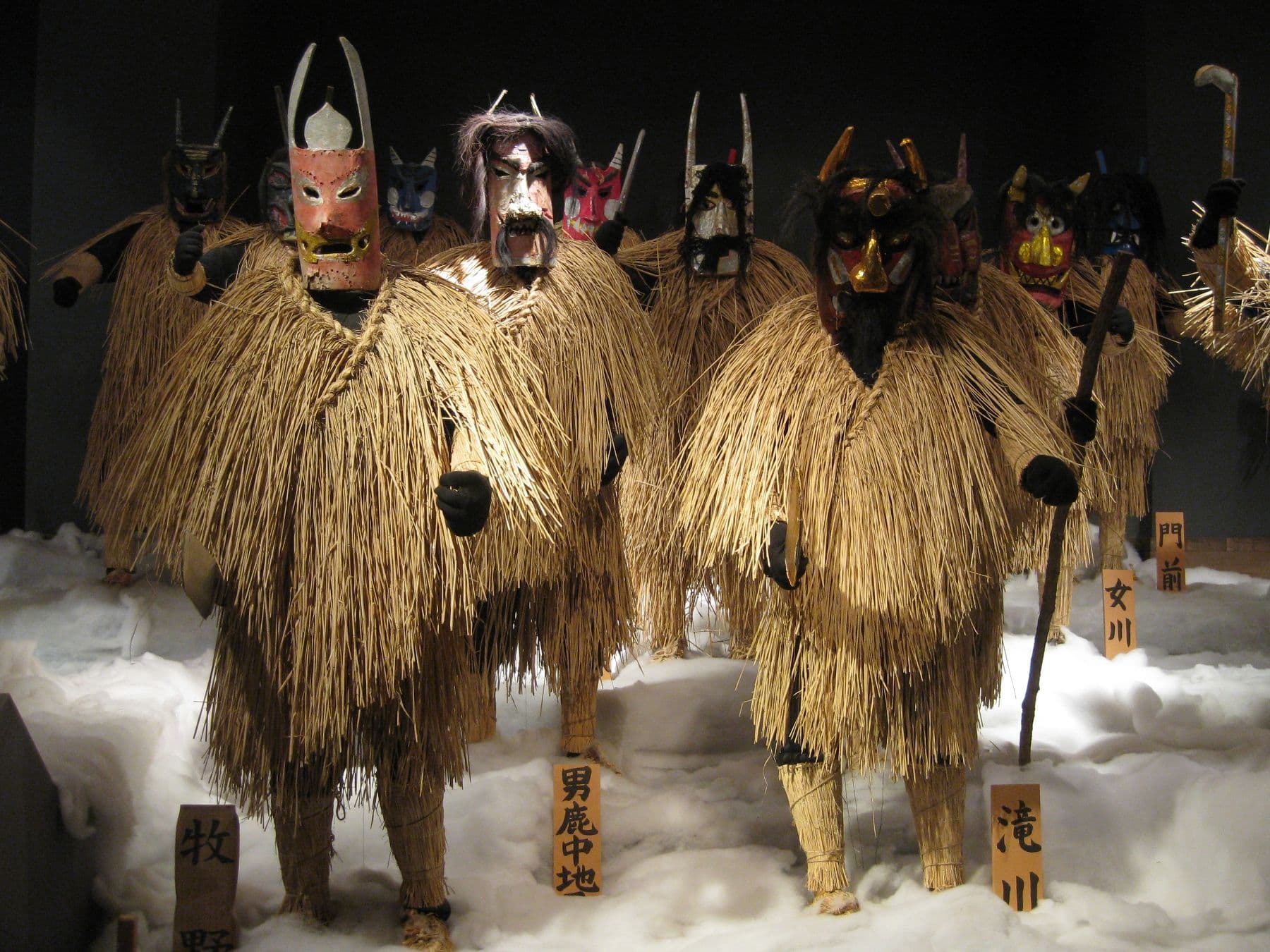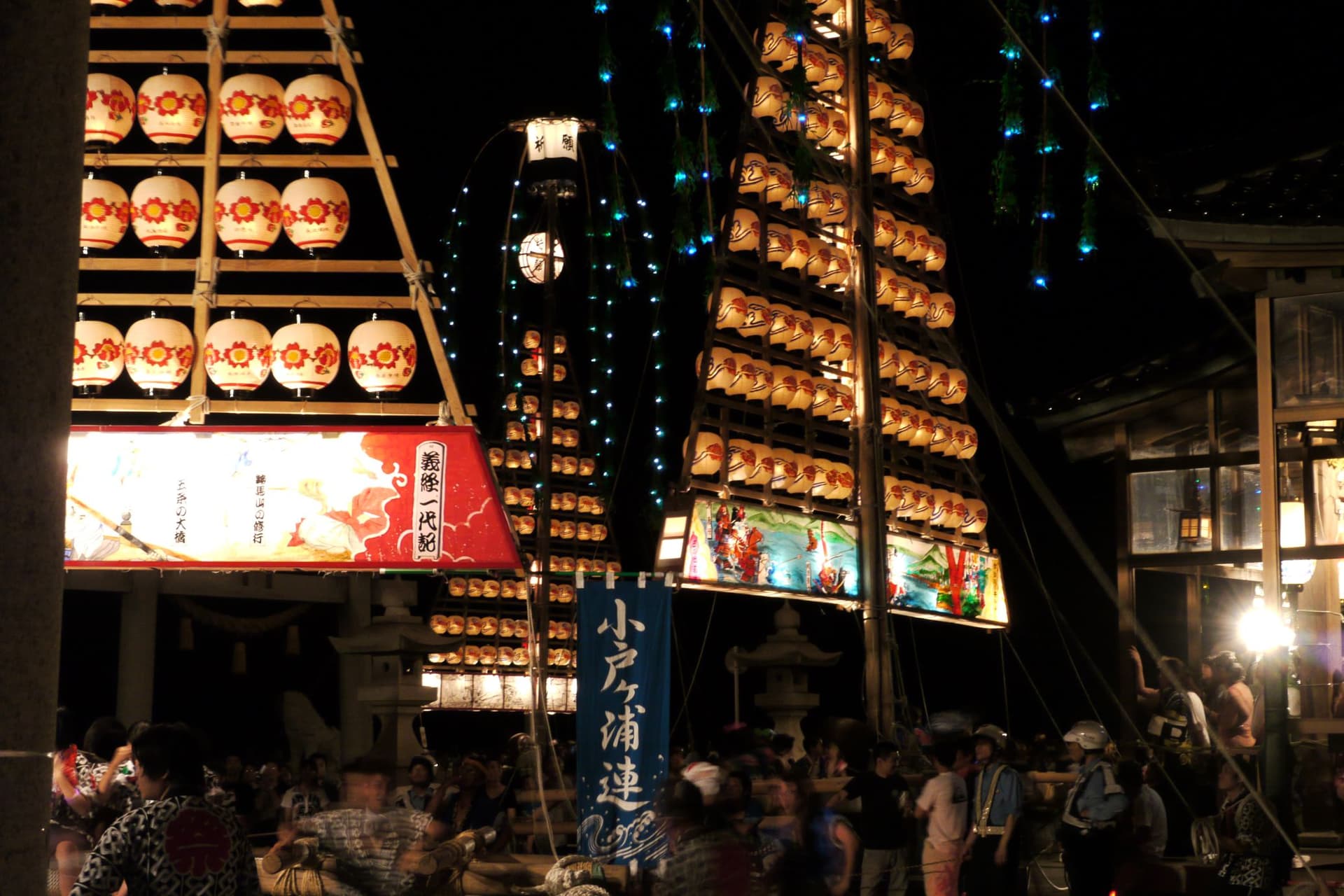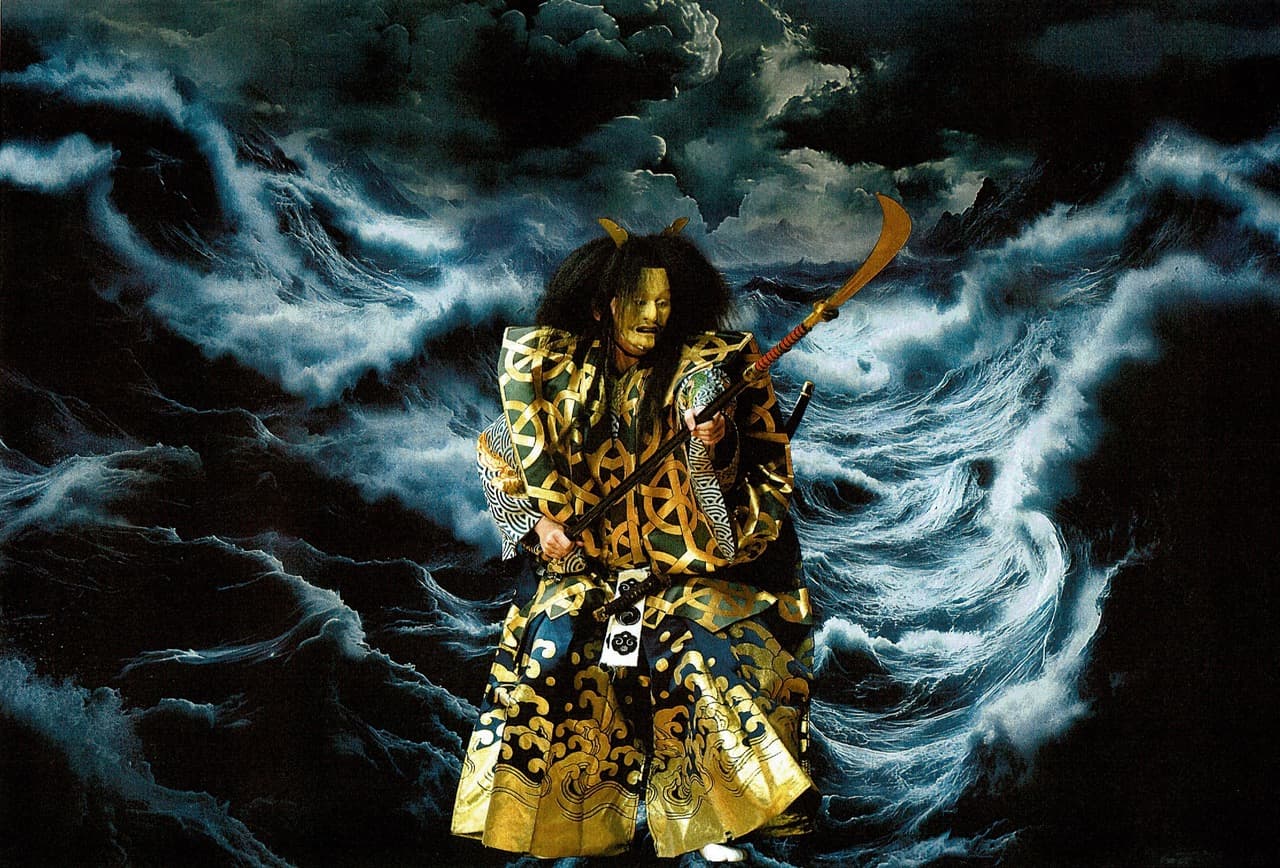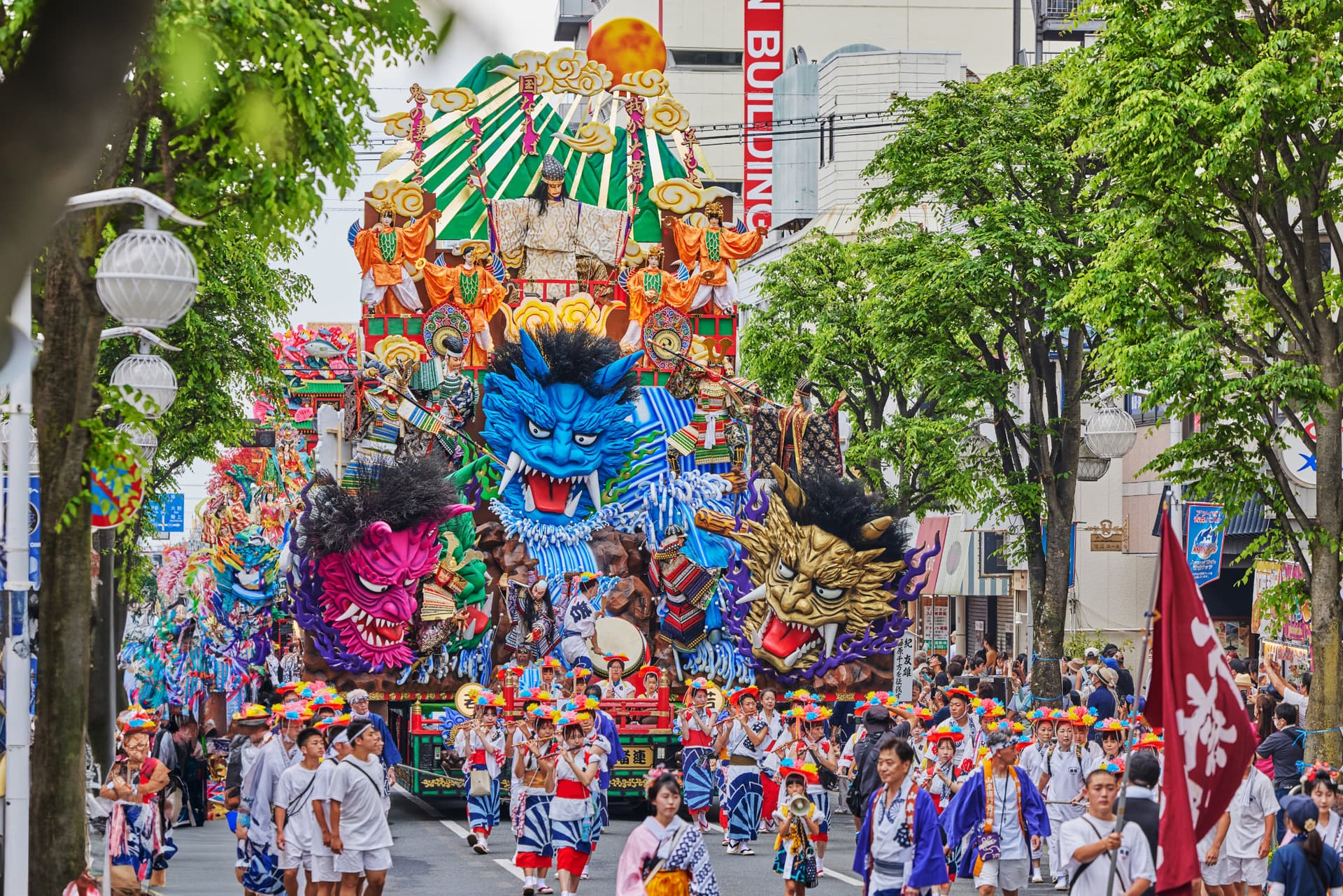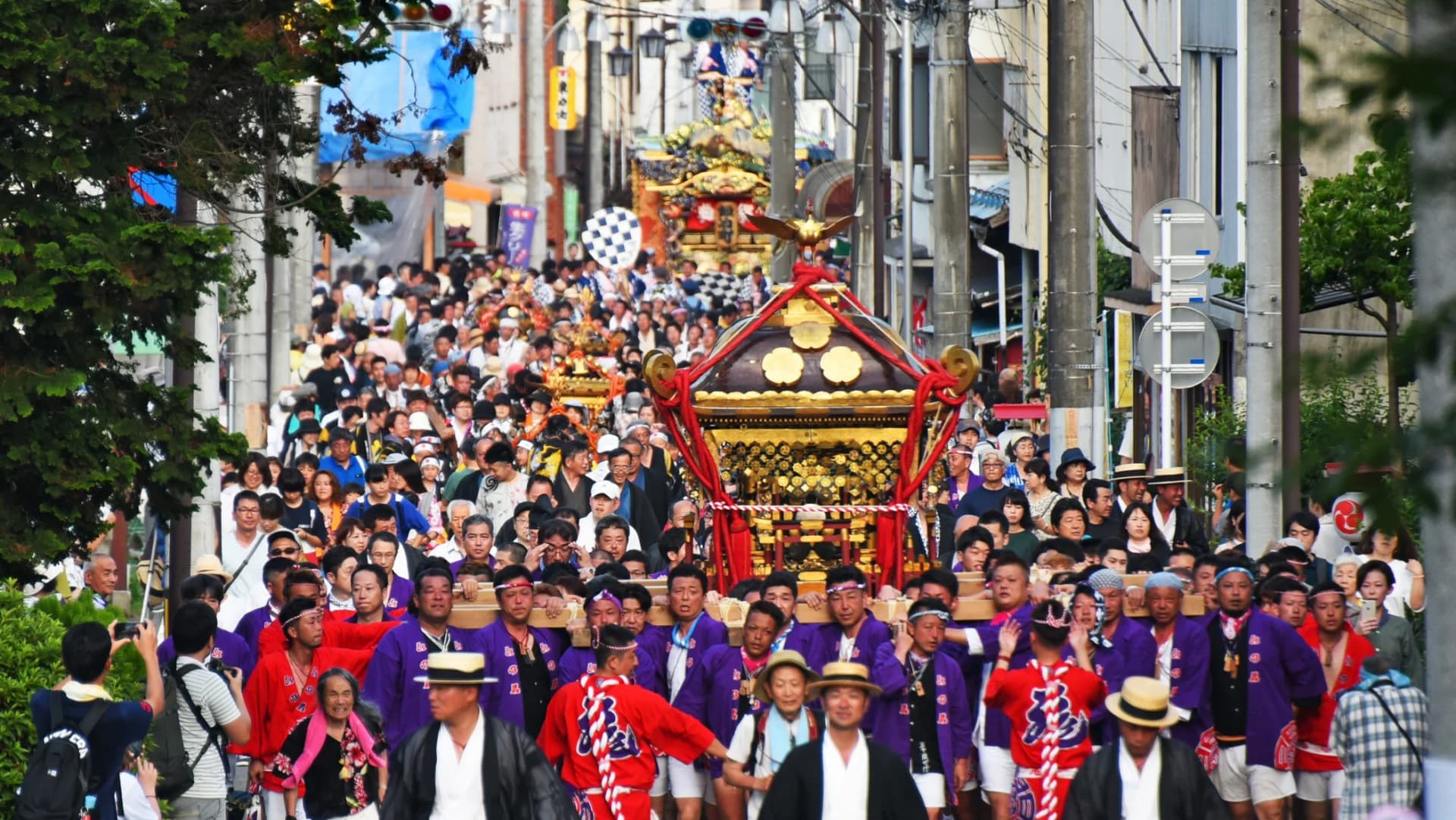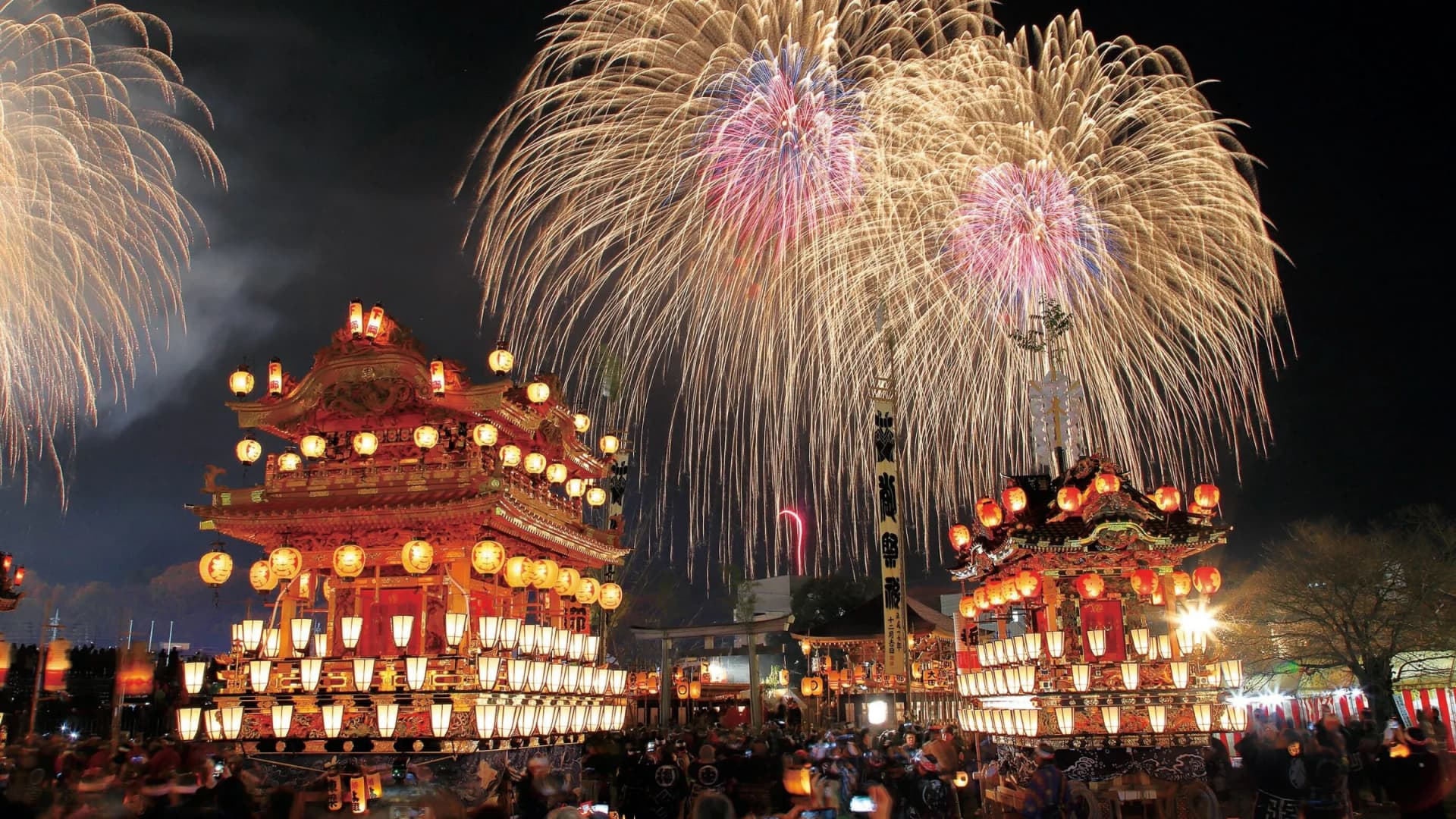
UNESCO Intangible Cultural Heritage
無形文化遺産の一覧UNESCO's Intangible Cultural Heritage is a list of cultural practices and traditions that are considered to be an important part of a particular community's heritage. In Japan, there are a number of practices and traditions that have been recognized by UNESCO as part of the country's intangible cultural heritage.
One of the most famous examples is the tea ceremony, known as "sado" or "cha-no-yu" in Japanese. This centuries-old practice involves the preparation and serving of tea in a highly ritualized manner, and is considered an important aspect of Japanese culture and history.
Another example is the traditional Japanese art of flower arrangement, known as "ikebana." This practice involves arranging flowers in a manner that reflects the beauty of nature and the changing seasons, and is seen as a way of bringing balance and harmony to one's life.
The Japanese traditional performing arts, such as Kabuki, Noh, and Bunraku, are also recognized as part of the country's intangible cultural heritage. These highly stylized forms of theater have been performed for centuries and are renowned for their elaborate costumes, music, and dance.
In addition, the traditional craftsmanship techniques used to create Japanese ceramics, textiles, and woodblock prints are also recognized as part of the country's intangible cultural heritage. These techniques have been passed down through generations and continue to be practiced today, ensuring that these important aspects of Japanese culture and history are preserved for future generations.
Overall, the intangible cultural heritage of Japan is an important part of the country's rich cultural heritage, and is recognized as such by UNESCO.
Last Updated:

